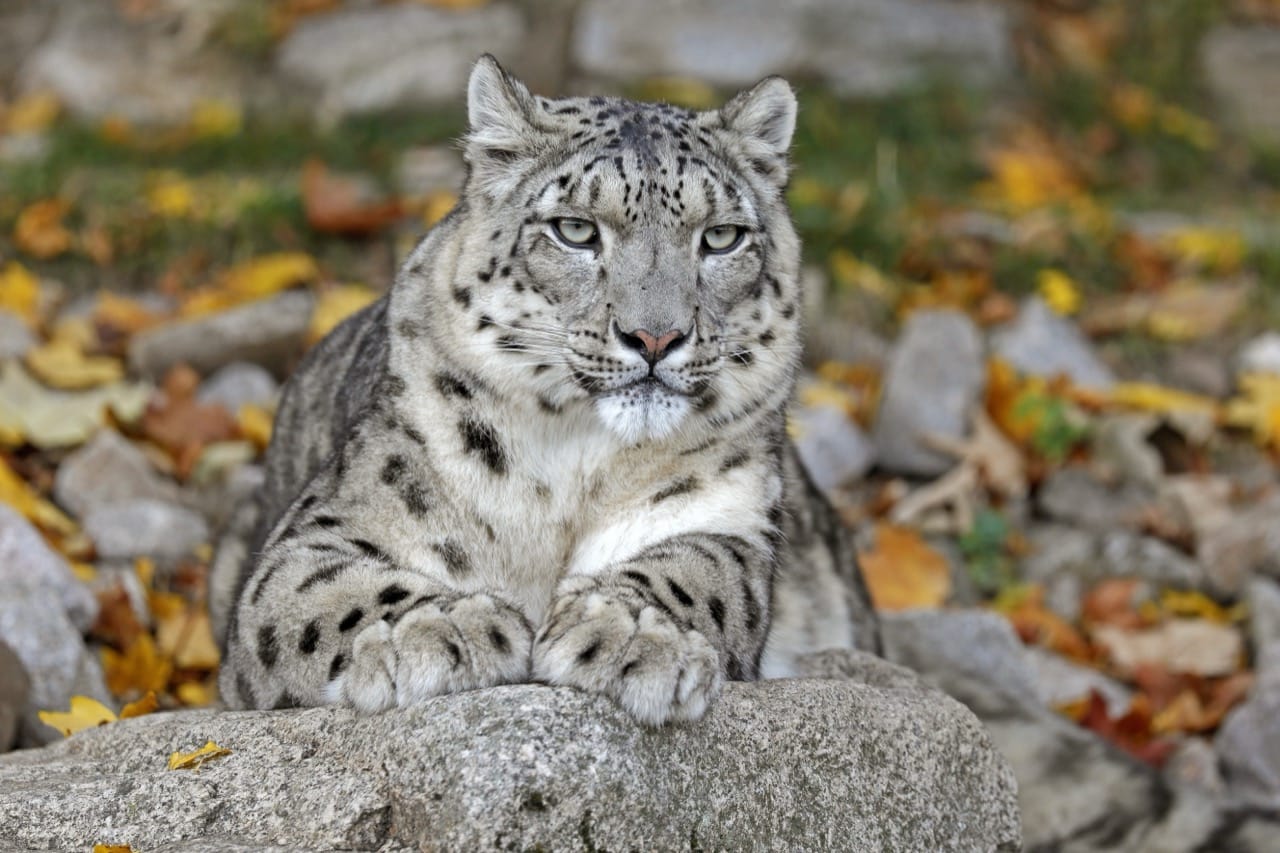Nothing captures the heart quite like a Yorkshire Terrier, with their tiny stature, vibrant personality, and elegant, silky coats. Often simply called “Yorkies,” these dogs are much more than just lap dogs; they are a blend of spirited intelligence and strong territorial instincts. In this article, we delve into the fascinating world of Yorkshire Terriers, exploring every aspect from their distinctive physical traits to their interactions with humans.
Characteristics / Physical Description
Yorkshire Terriers are small in size but big in personality. Typically weighing around 4 to 7 pounds, they stand about 7 to 8 inches at the shoulder. Their most striking feature is their luxurious coat, which is fine, straight, and silky, flowing down evenly on either side. The traditional colors include a blue and tan combination, with the blue ranging from dark steel to a more silvery tone and the tan that is richer at the roots than in the middle, shading to a lighter tone at the tips.
Taxonomy and Classification
Yorkshire Terriers belong to the Canidae family, which encompasses all domestic dogs as well as their wild relatives. They are classified under the genus Canis, species C. lupus, and subspecies C. l. familiaris, like all domestic dogs. Originally bred during the 19th century in the county of Yorkshire, England, they were used to catch rats in clothing mills, showcasing their tenacity and agility.
Behavior and Social Structure
Despite their petite size, Yorkies have a vibrant and adventurous spirit. They are known for being brave, determined, and energetic. Socially, Yorkshire Terriers are quite affectionate and crave human companionship and attention, often forming strong bonds with their owners. They can be wary of strangers and have a tendency to bark at unfamiliar sounds or intruders, making them excellent watchdogs.
Habitat and Distribution
As a breed fully adapted to living with humans, their habitat is generally wherever their human families are. While they are adaptable to various living situations, they thrive in environments where they can be close to their owners, whether it’s a suburban house with a yard or an apartment.
Diet and Feeding Habits
Yorkshire Terriers need a balanced diet rich in nutrients suitable for their energetic lifestyle. High-quality dry dog food, supplemented with wet food, provides the nutrition they require. Due to their small size, they should be fed small meals several times a day to prevent hypoglycemia, a common issue in small breeds.
Breeding and Reproduction
Yorkies are capable of breeding once they reach the age of maturity, around six to twelve months. Litter sizes vary typically from one to five puppies. Due to their small size, the birthing process can often require human assistance or even surgical intervention such as a cesarean section.
Relationship with Humans
Yorkshire Terriers are exceedingly popular pets, cherished for their loyalty and affectionate nature. They are also involved in various roles including therapy dogs due to their empathetic nature and ability to provide comfort. Their intelligence and eagerness to please make them excellent candidates for obedience training and dog sports.
Evolutionary History
The Yorkshire Terrier was developed during the Industrial Revolution in England, specifically for controlling rats in mines and mills. They are thought to be the product of crossing various terrier breeds, including the Clydesdale Terrier, the Paisley Terrier, and perhaps even the Maltese.
Use as Research Animals
Though not commonly used in scientific research, Yorkshire Terriers can occasionally be part of studies related to genetics, aging, and canine behavior due to their popularity and specific breed characteristics.
Yorkshire Terriers, with their regal appearance and spirited demeanor, continue to win the hearts of dog lovers around the world. Their adaptability and affectionate nature make them not just pets but beloved family members.


